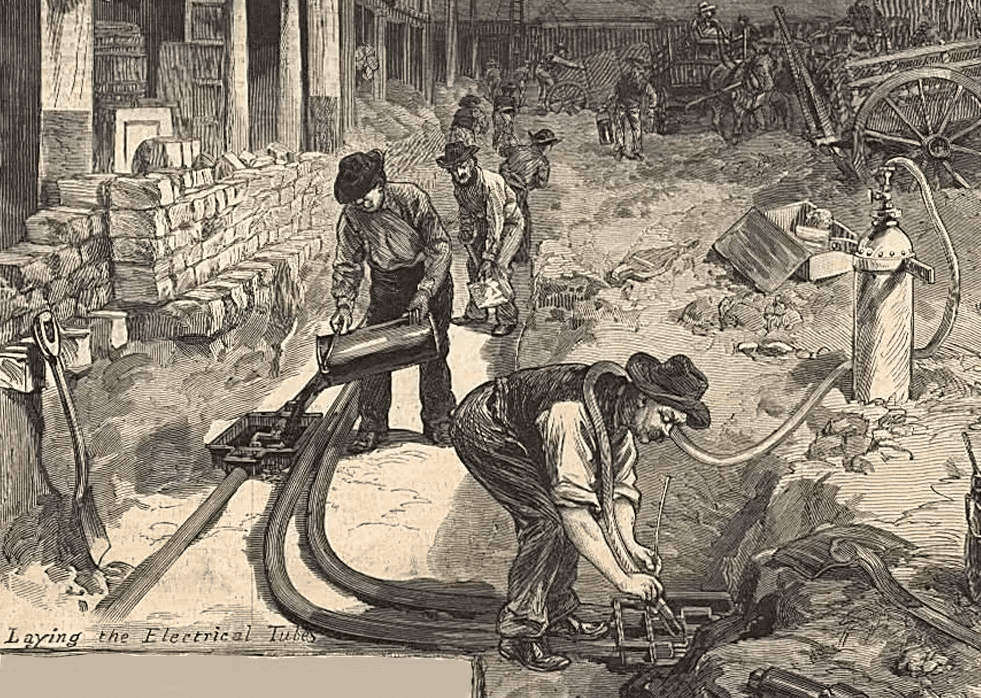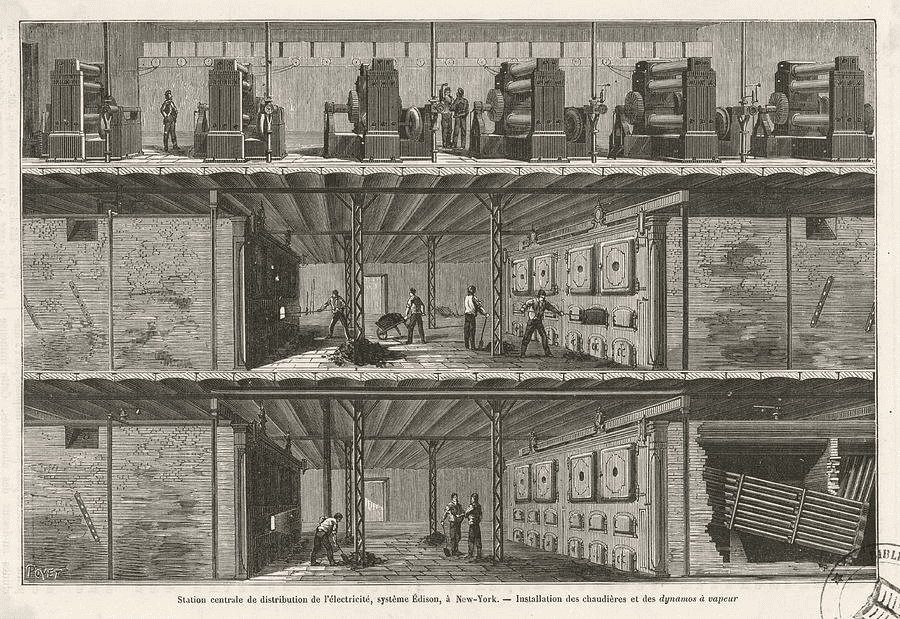In today’s world, we cannot imagine life without electricity. Home lighting, meal preparation, heating and other household needs cannot function without it, to say nothing of large industrial complexes and institutions. However, it is worth knowing that such luxury as electricity was not always available. Find out more about the emergence and development of electricity in Manhattan at manhattan-future.
First electric lighting
Back in the first half of the 19th century, Americans did not know what electricity was. The needs for lighting streets and houses were covered mostly with the help of gas. However, everything changed in 1880. Brush Electric Illuminating Company, founded by the American inventor and entrepreneur Charles F. Brush, built a small substation on West 25th Street in Manhattan and began to supply arc lighting. The first such lighting appeared on Broadway Street, between Herald Square and Union Square. Then the townspeople called this street the Great White Way. This type of lighting was expensive. However, large institutions, such as theaters and hotels, benefited from this because bright signboards considerably attracted customers. A similar system later spread to other streets of Manhattan. However, it is worth noting that during this period electricity was still not a common phenomenon. Private houses and premises were still without lighting. The reason for this was the danger of use and the high price.

The Thomas Edison’s era
The situation with lighting was resolved with the appearance of the American inventor Thomas Edison in Manhattan. He offered to the citizens incandescent lamps invented by him in 1879. To demonstrate their system of work, Thomas built his power plant on Pearl Street in Lower Manhattan in 1882, which became a real engineering miracle. The station had six volumetric dynamo machines, which, in turn, produced direct current with the help of a steam engine. Thus, the produced current ran to consumers through underground cables. Since its launch, Thomas Edison’s lighting system has been deemed successful. In general, in the early years, the station nourished the so-called First District, where the power plant itself was located. Subsequently, due to the availability and high quality, the number of customers significantly increased. By the end of 1882, the station had more than 500 customers, including various enterprises, houses, streets, etc.

War of currents
Soon, the use of Edison’s direct current began to cause problems. Direct current electricity was not transmitted over long distances and was not able to change the voltage to meet the different electrical needs of consumers.
This issue was solved by a Serbian-American scientist, a former employee of Thomas Edison, Nikola Tesla, by creating an alternating current that could satisfy all needs. The gradual transition to alternating current led Edison to inevitable financial defeat, so the scientist began to intervene in the situation using various methods. At first, Thomas filed a lawsuit against the inventor, but was still defeated. After that, Thomas Edison took up the black PR, publicly showing the killing of animals with alternating current.
By the way, it was during this period that the so-called electric chair appeared. It was used to torture criminals with alternating current, which was considered to be the most dangerous one. After that, the scientist repeatedly manipulated this, refusing to bury his brainchild.
Direct current power supply reluctantly surrendered its position. Over time, more and more consumers began to use precisely alternating current. With the disappearance of the last direct current consumer in November 2007, Thomas’s Consolidated Edison Company, which provided direct current electricity, cut the symbolic cable, which put an end to the so-called war of currents.